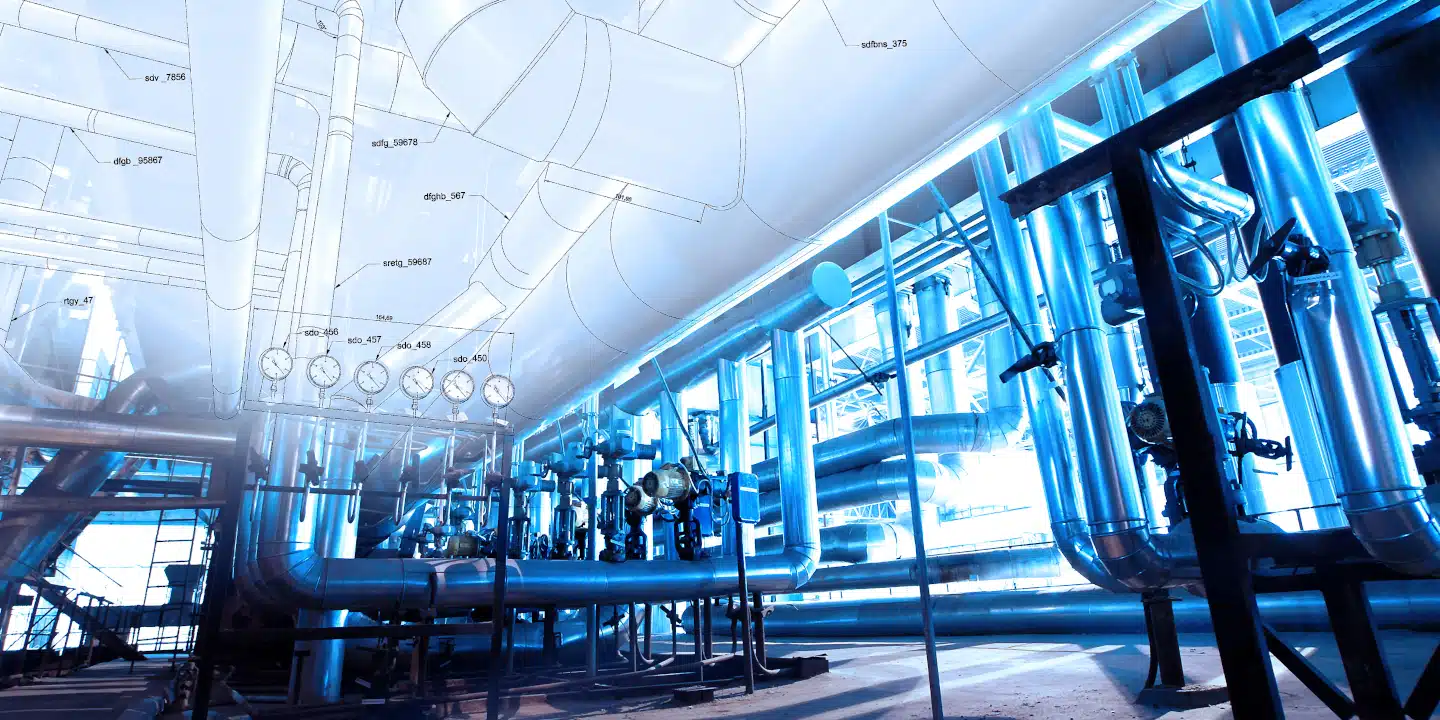Serious engineers don’t run mission-critical applications on an Excel spreadsheet.
Piping systems are a major asset for your business; use the leading application to tell you what’s really going on behind the scenes. Here are ten things a piping FLO-system model provides to increase your facilities uptime, while reducing costs:
Change is the only constant in piping systems. From the preliminary design until the facility is retired from service, systems are always changing. A FLO-system model chronicles system operation for everyone involved throughout the life of the system. Using the system’s as-built data and as-operated input, the system model provides everyone with “believable-to-me” results.
It’s impossible to think of everything. That’s why solving the problems caused by unintended consequences takes so much time. With a piping FLO-system model, you gain a clear picture of system operation and discover the reason(s) for those unintended consequences. More importantly, you can develop and test the best solutions to those problems.
Experience is a good school, but the fees are high. By using a piping FLO-system model, everyone can gain experiences from it without the high cost of failure that you pay by learning from mistakes.
Is it better to improve what you have, or to get something new? With a piping FLO-system model, you can discover the current cost of system operations and look for ways to improve efficiency.
Rather than adding equipment to the system, look for ways to improve the process. The piping FLO-system model shows where energy is consumed, and which items need attention.
All equipment wears out over time. The key is discovering the source of the problem before it affects the quality of your product. You can use the piping FLO-system model to compare the as-built design to the way the system is operating. More importantly, you can track down the reasons for the problem(s) and determine the best way to make repairs or improvements.
Manufacturers seldom make bad equipment. The problem usually lies in poor choices for their applications. Changes in your product or process can cause problems that are often blamed on “bad actors.” Using a piping FLO-system model, you can determine if the equipment is operating as designed, or if changes in the process are causing the problems. Again, more importantly, you can identify the best option to discover and correct the underlying problem.
Industrial and commercial facilities spend 25% to 65% of their electrical power to drive pumps, yet 45% of the pumping energy can be saved by improving their piping systems. The key is finding the money. The piping FLO-system model shows you how energy consumed by the pump is used in the system. Equipped with this insight, you can look for ways to use the energy more efficiently and save money.
During commissioning, the equipment is switched on for the first time to prove that the system is operating as designed and reduce the possibility of unintended consequences. The piping FLO-system model simulates how each item of equipment will operate together as a total system. More importantly, it provides that information early enough for you to make corrections before the system is fully called into operation.
